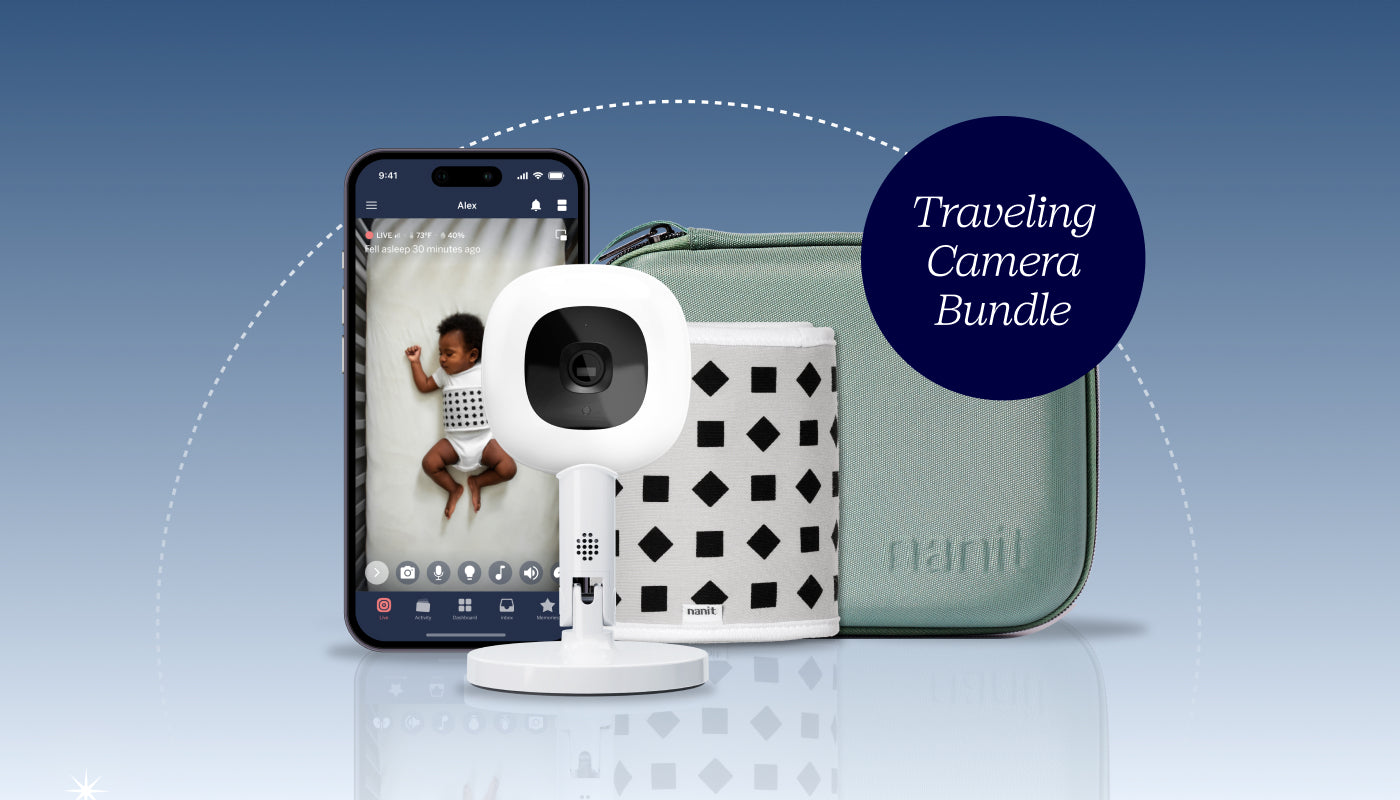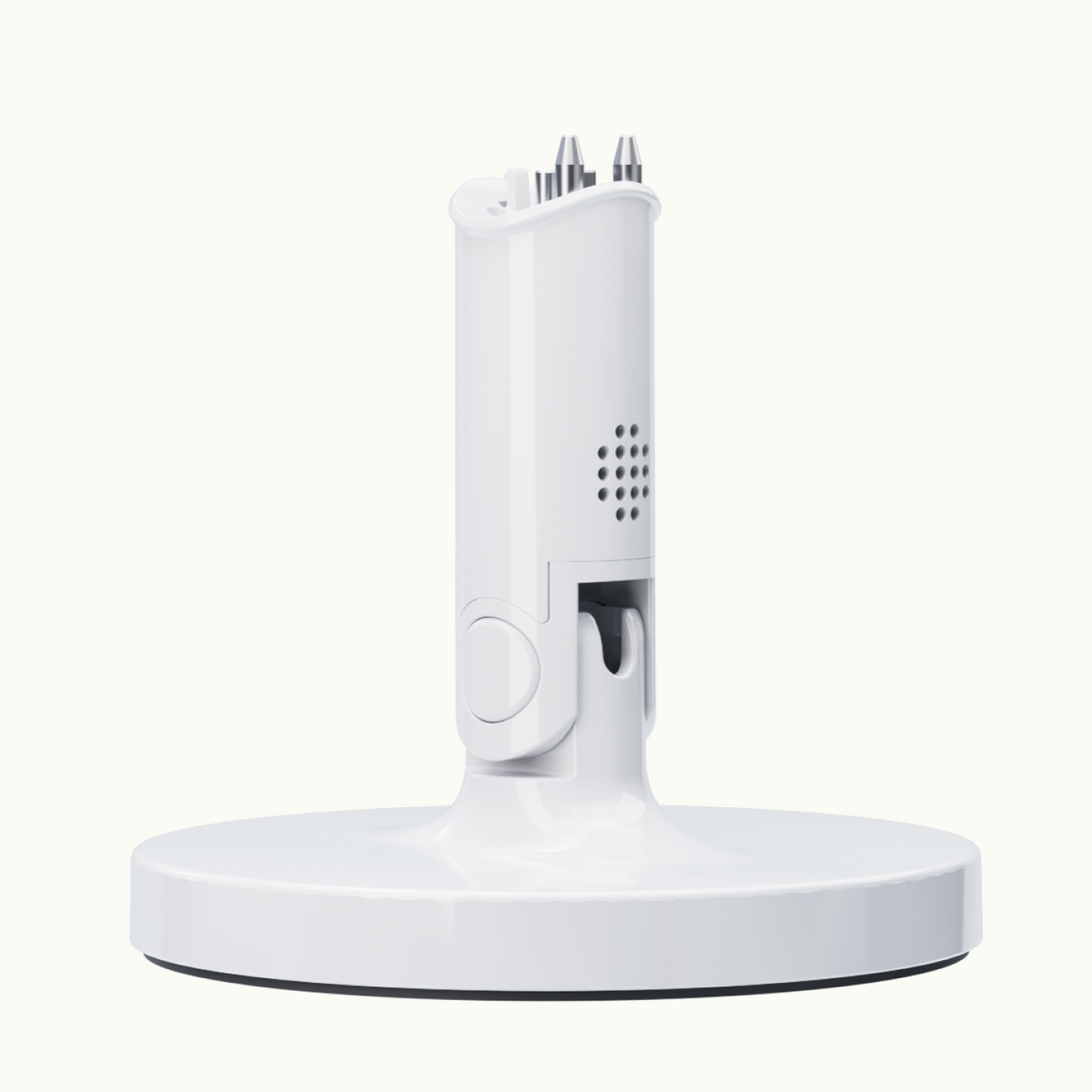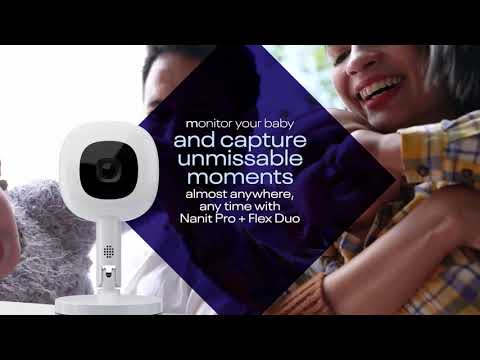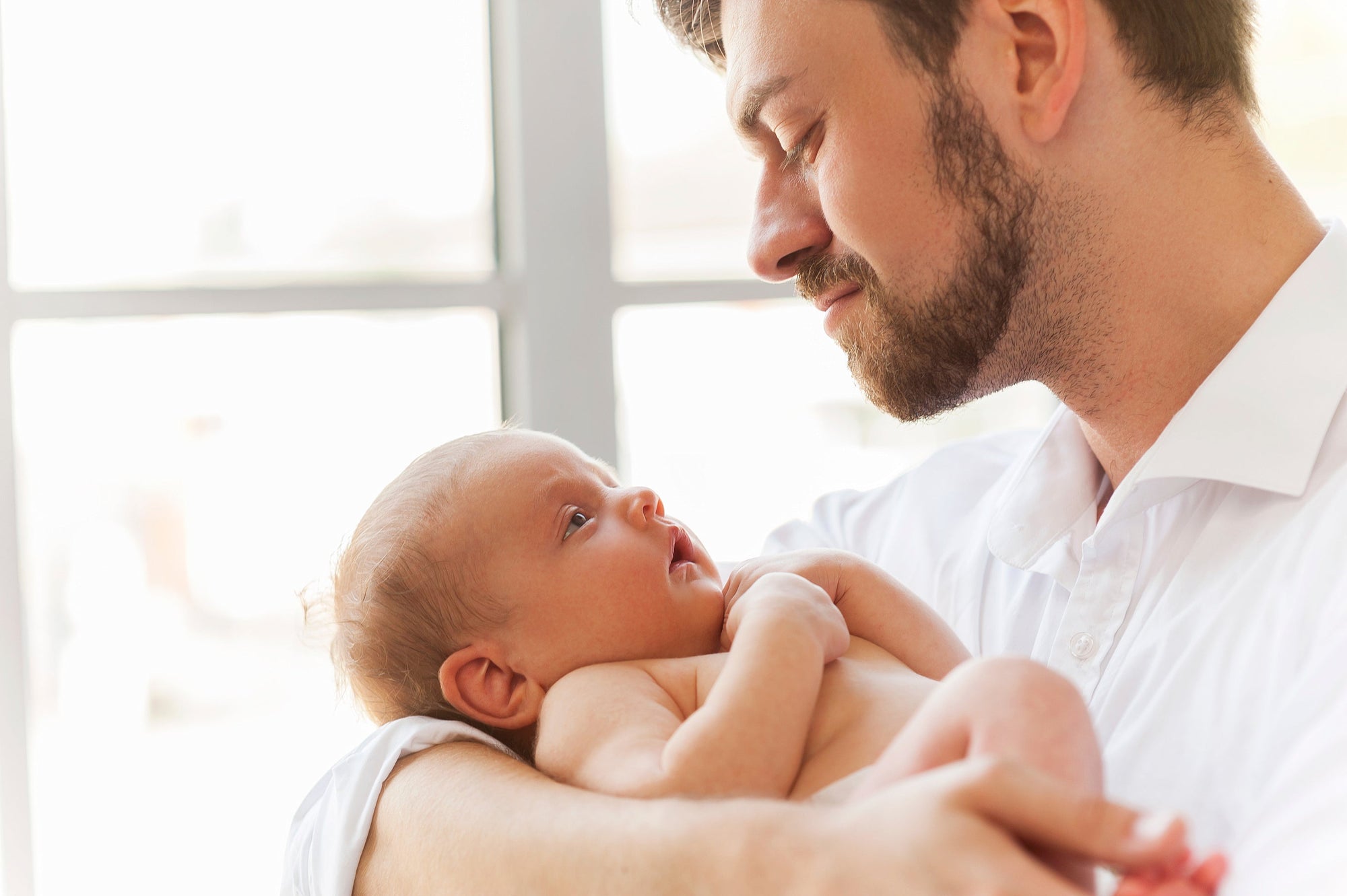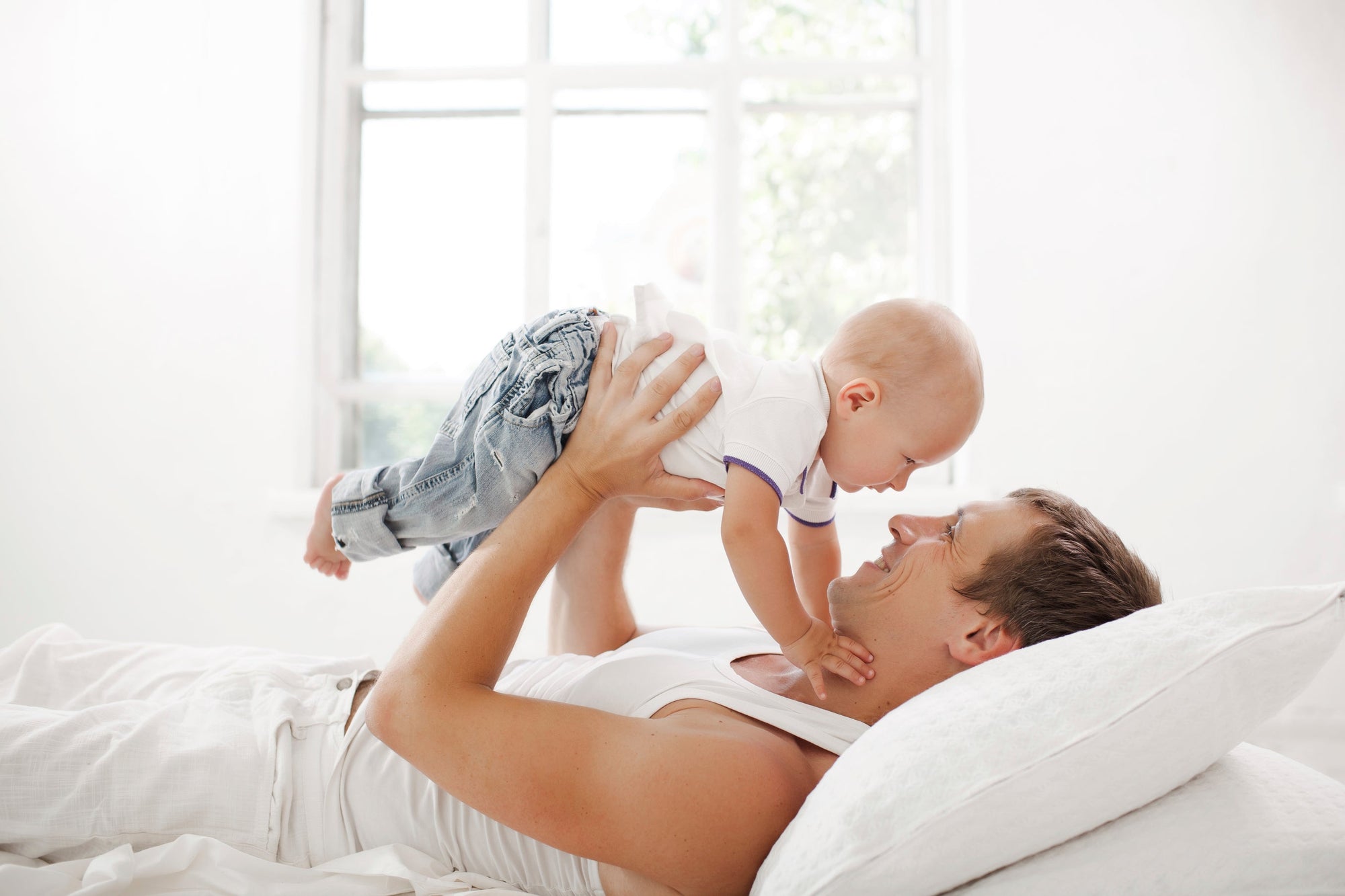If there’s one thing that posting photos to social media has taught us it’s that lighting is everything (what on earth did we do before filters?).
It’s the same thing with your baby’s sleep. Lighting plays a huge role in how your little one gets those zzz’s.
So how can you use the power of light – and darkness! – to your advantage? Here are 3 easy tips:
1. Sleep on the dark side
Darkness cues the onset of that oh-so-important hormone, melatonin, which is basically “the body’s natural sleep aid,” says sleep trainer Christina Gantcher. That’s why a dark room is so, so, so crucial for sleep.
“Because newborns can sort of fall asleep anywhere, we get into this mindset that it doesn’t really matter how bright a place is,” Gantcher says. “But light really affects the brain. A lot of our internal clock is based off of light and dark. When it’s dark, our body more naturally wants to fall asleep than if it’s light out.”
Sleep should happen in total darkness, even daytime naps. Blackout shades – or black garbage bags, if you’re desperate – on the windows can help block out any light that tries to creep in.
2. Make friends with the sun
Babies enter this great big world without a clear sense of night and day. You can help them get used to the way we do things here on earth – i.e. the bulk of sleep at night – by exposing them to sunlight during awake times.
“Go out into natural sunlight when it’s time to be awake and then transition into the dark when it’s time to go to sleep,” Gantcher says. “That helps babies set their internal clock.”
3. Say bye-bye to screens
Try to limit the lights before bedtime as much as you can. That means no screens – TVs, tablets, phones, you name it – before bed (this rule comes in handy for sleep-deprived parents too!).
“Turn all screens and visual stimulation off half an hour to an hour before bedtime,” Gantcher says. “Put the lights at a dim mode, make it feel like a spa. That helps your baby know it’s time to chill out and relax. And it definitely goes hand in hand with the secretion of all those great hormones that help your baby sleep and grow.”
Those midnight diaper changes and crib visits should also be done in limited light to reduce stimulation. Luckily, Nanit comes with a built-in nightlight that faces the ceiling, not the crib, so you can see exactly what you’re doing without interrupting your little snoozer’s beauty rest (yup, we really did try to think of everything!).
